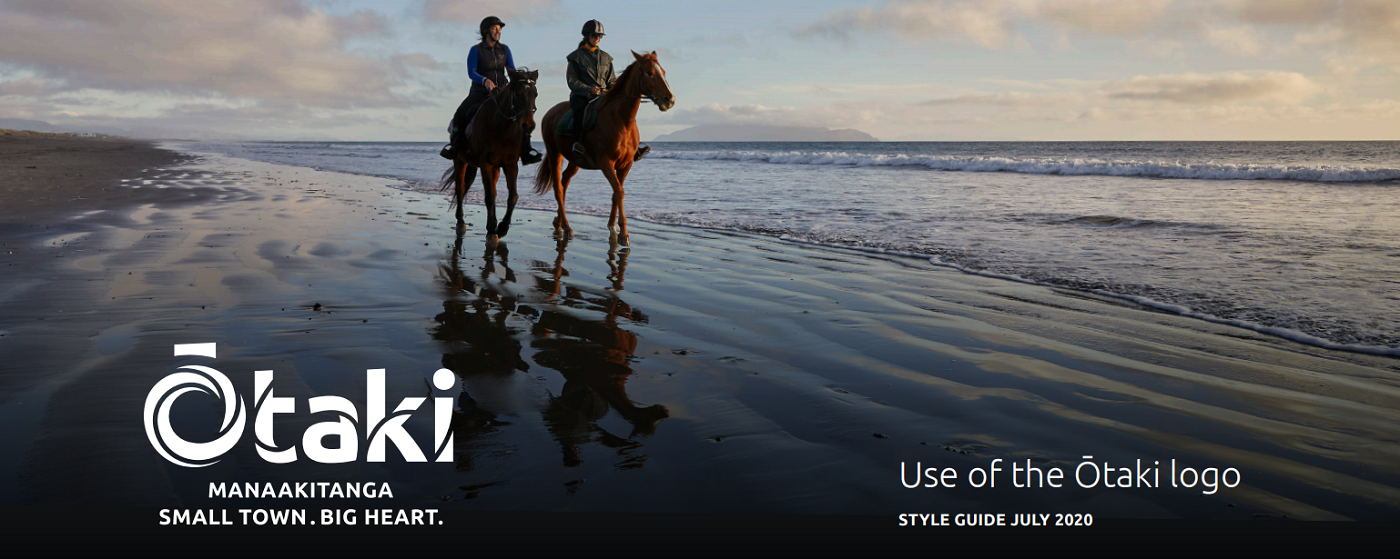
A change in Kāpiti’s ward boundaries earlier this year divided the Te Horo community, catching out many residents at election time who assumed they were still in the Ōtaki Ward.
A representation review determination released by the Local Government Commission in April heralded several changes for the Kāpiti Coast District Council. Most significantly for Te Horo was that it split the community between Ōtaki and Waikanae, to reflect what the commission said was more equitable representation for the populations in the two neighbouring wards.
The boundary between the two wards is now along the middle of Te Horo Beach Road, School Road and Blackburne Road. To the north Ōtaki, to the south Waikanae.
It means much of Te Horo is now represented by two Waikanae Ward councillors and the Waikanae Community Board, with the rest having the Ōtaki Ward councillor and the Ōtaki Community Board.
Ōtaki Today spoke to several locals at the Te Horo Country Fair who were either unaware of the change or found out only recently.

SOLE CANDIDATE: Te Horo Beach resident Michael Moore, who is the sole Te Horo candidate for the Waikanae Community Board.
Photo supplied
Te Horo Beach resident Michael Moore says he originally thought he would stand for the Ōtaki Community Board, but then found he was in the Waikanae Ward. He’s running for the Waikanae Community Board, and is the only Te Horo candidate.
He says Te Horo will become a forgotten community between Ōtaki and Waikanae unless it has local representation with the Kāpiti council.
“With the majority of our Te Horo community now in the the Waikanae Ward, it became apparent that we needed a voice at the table,” Michael says. “I’m asking our community, along with Peka Peka and Waikanae, who need to select four candidates for the community board, to support having my voice on behalf of Te Horo.”
He says Te Horo has some significant and unique issues to address, top among them being the flooding along Te Horo Beach Road, which last year cut off access to the large beach community for three days.
“Any repair has been fobbed of by successive councils, both Kāpiti and regional, each putting the responsibility on the other.
“I am not so naïve as to think I have all the answers, but we do need representation.”
The boundary changes were determined by the Local Government Commission, not by the council. Councils are required to conduct representation reviews every six years.
KCDC went through a consultation process on the review with the community late last year. Among the proposals was a widely unpopular suggestion that the district’s community boards be scrapped. That proposal never progressed.
It also suggested the southern part of Te Horo from Te Hapua Road shift north from the Waikanae Ward into the Ōtaki Ward.
After hearings, the commission ruling, however, took part of Te Horo out of the Ōtaki Ward, “to achieve more equal representation under the fair representation rule [known as the +/- 10% rule]”. “Fair representation” is that each ward councillor should represent a similar number of people, within 10 percent.
Retiring Ōtaki Ward councillor James Cootes lives at Te Horo Beach, which is now part of the Waikanae Ward. After serving for 15 years, James felt it was time to step aside. His residence would not have precluded him from standing again as Ōtaki’s councillor. A candidate needs only to have nominees who live in the ward.
“We [council] advocated strongly to the Local Government Commission to retain Te Horo in the Ōtaki Ward,” he says. “So I don’t personally agree with the new boundaries, but they are what they are.”
At the Local Government Commission hearings into the representation review, the council and appellants highlighted the fact that the proposed boundary might split the Te Horo community.
However, it also noted that the community was split by links to larger communities in the north and south, with no local services and no economic or commercial hub.
“Given this fragmentation, we do not believe the ward boundary will impact greatly on the community.”
The council described Te Horo as distinct, but with an estimated population of 1810, not large enough to make up a ward in its own right.
LATEST POSTS
- Concerts line up for rotunda
- No respite for ‘cone town’
- Petition spurred by road works disruption
- Heniti vows to put Ōtaki first
- Trout spawn in Winstone Lakes
- Rāhui Rd next in line for road works
- ‘Monkey’ back to old tricks
- Plenty of choice in election race
- Ōtaki dominates awards night
- Sam risks all for Gaza
- Four now vie for Ōtaki Ward
- Heniti ‘proud to call Ōtaki home’
- Infrastructure works keep rolling on
- An ONZM for arts, sport, heritage
- Trappers aim for predator free Te Horo
- Te Horo hall wants land for car park
- Beach burglars pinch trailer and tools
- Rob throws hat in ring for Ōtaki Ward
- Toilet vandalism ‘tragic, sad’
- Fifty years for Ōtaki fire chief

